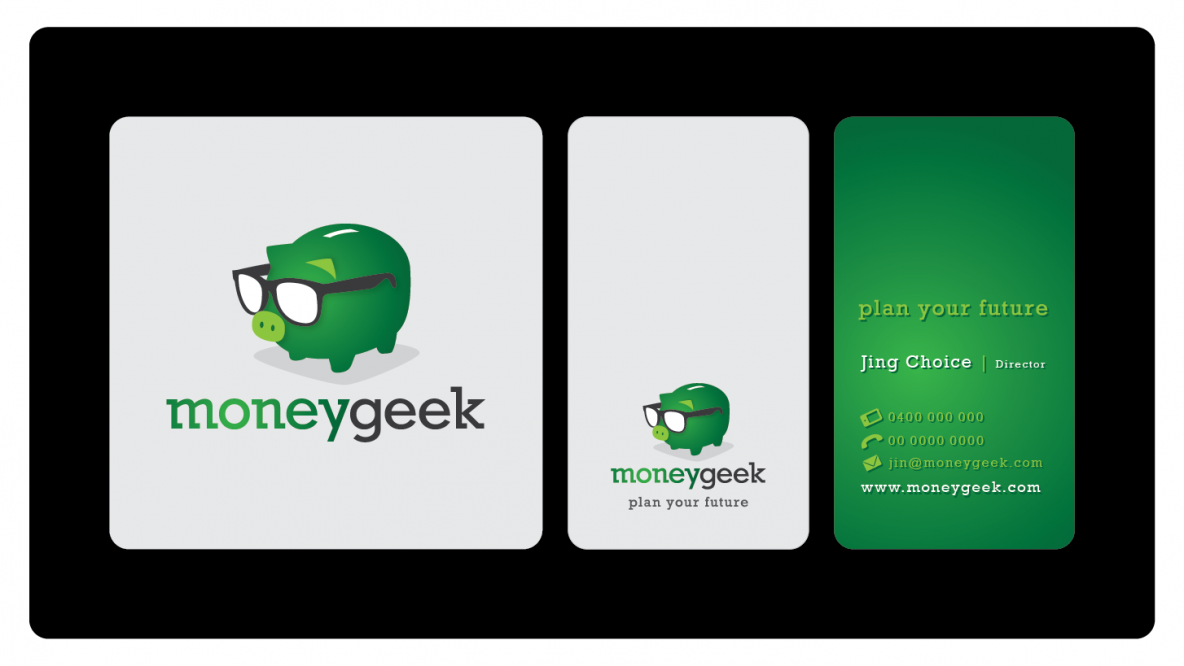
Originally published on: MoneyGeek
A bond is basically someone’s debt. If you hold a bond, it means that someone owes you money. For example, if you hold a type of bond called a Canada Savings Bond (CSB), the federal government
of Canada owes you money. On the other hand, if you hold a Tim Horton’s bond, Tim Horton’s owes you money. Bonds have three important characteristics: maturity, credit rating and yield.
Maturity is when the bond will be fully paid back—e.g. the Tim Horton’s bond may mature on June 1, 2017. You can trade bonds before maturity. In fact, bonds are usually pretty liquid—you can normally trade them in seconds. Maturities are important not because they lock you in, but because bonds with longer maturities are riskier. You’ll see why later. The bond’s credit rating indicates the likelihood that your bond will be paid in full. Generally speaking, credit ratings of large stable corporations are very good—the chance of one of them defaulting is usually less than 2%. However, if the market thinks the corporation is anywhere close to defaulting, watch out; the bond can suddenly drop in value.
Yield is the rate of return earned by the bondholder. It’s not the same as coupons, which are regular payments made to bondholders. For example, a bond may pay 5%/year of its principal every year until it matures. The 5%/year is the coupon. But it may have a different yield. I will explain why in the next few paragraphs, but the discussion is slightly technical. If you don’t follow, that’s ok. Just understand the
conclusions at the end.
Say there is a bond with a $1,000 principal and 5%/year coupon that matures 1 year from now. If you buy the bond at $1,000, the yield is the same as the coupon. Doing so is called buying at par. However, you will not buy the bond at par most of the time.








